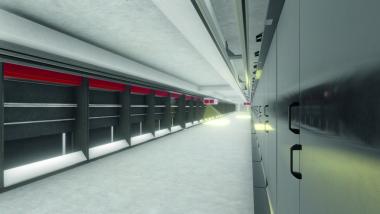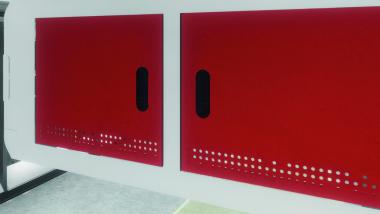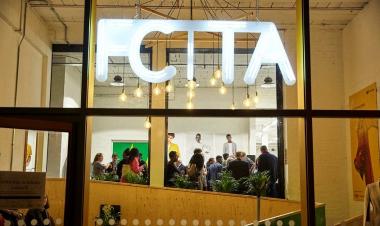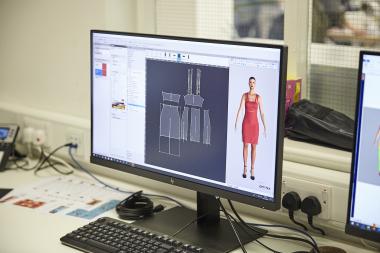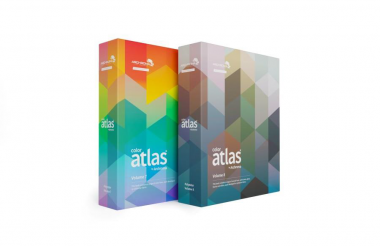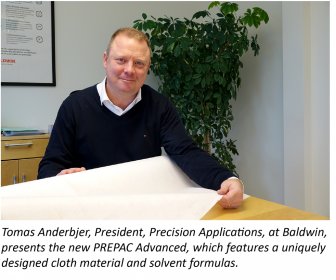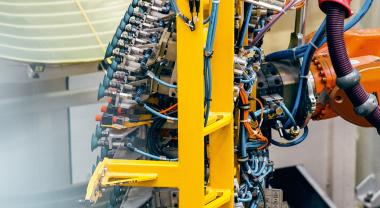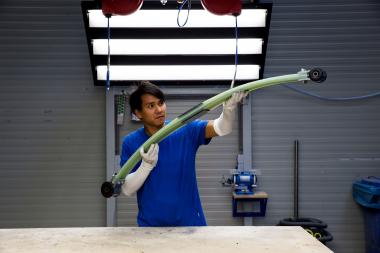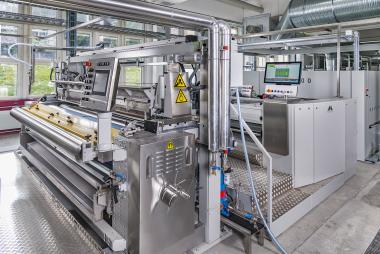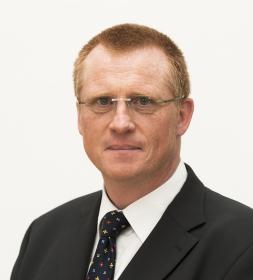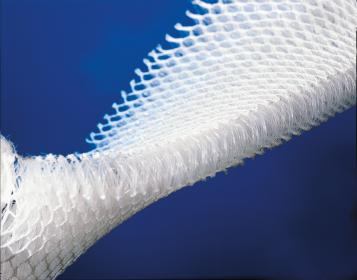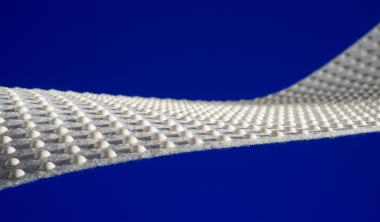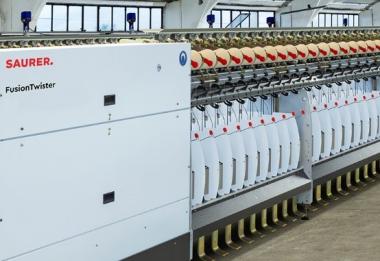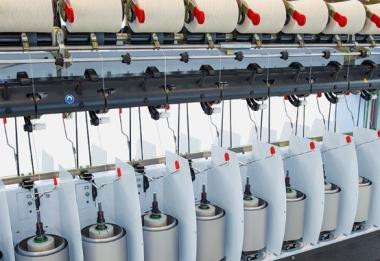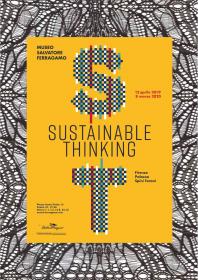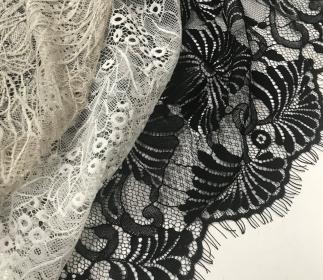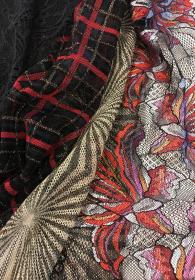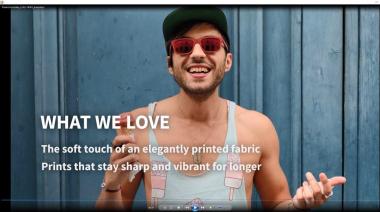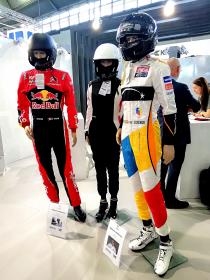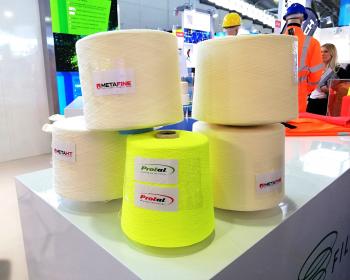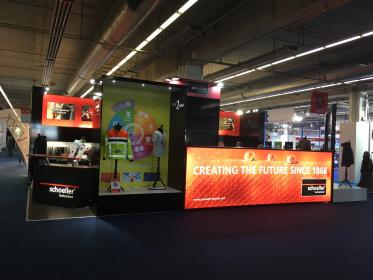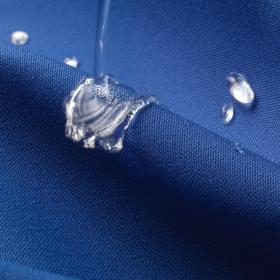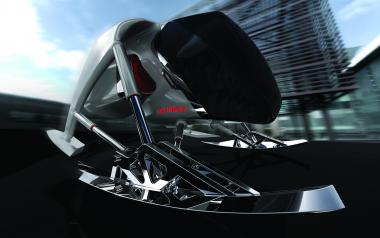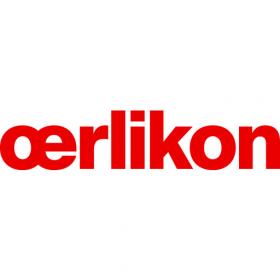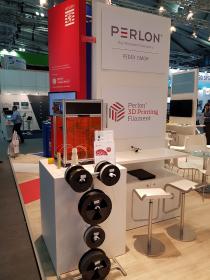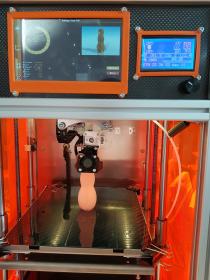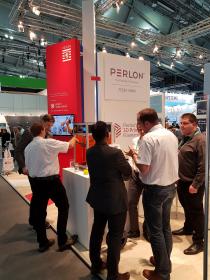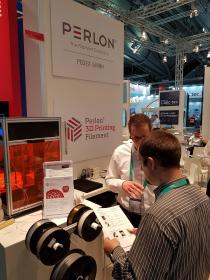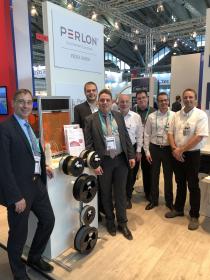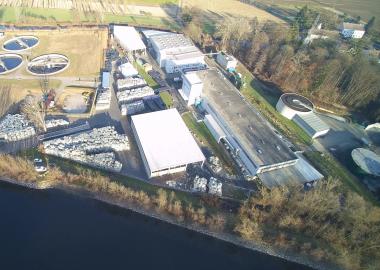Oerlikon: Automated wiping reduces yarn breaks
Following its installation at several major yarn manufacturers in China, the first wiping robot has now been operating in India since the end of 2019. As already the case with our Chinese clients, the performance of the Oerlikon Barmag solution there demonstrates the same properties: an even, high-quality wiping process providing considerably reduced yarn break rates and higher full package rates. Regular wiping (cleaning) of the spin packs is important for process stability and yarn quality.
The performance data at the Indian yarn manufacturer was collated and evaluated over a period of three months. The results revealed that the yarn break rate has – regardless of the product – fallen by almost 30%. The former running time breaks have decreased by 10% and string-up breaks by 40%. Consequently, full package rates have risen by 3%, while waste rates have fallen by 0.2%. “Yarn breaks are always an issue; they have a direct impact on the production figures. This is where the wiping robot reveals its added value”, comments Stephan Faulstich, Technology Manager POY. The system automatically and autonomously controls the individual positions in accordance with the scheduled wiping cycles. In addition to the scheduled wiping processes, there are also events that cannot be planned or that are not immediately visible. Here, the wiping robot – as a result of its management functionalities – is able to identify issues such as yarn breaks or parallel wiping processes and to independently offer solutions. The same also applies to manual requests: if another action is simultaneously required here, the system identifies this and offers solutions.
The wiping robot operates in a cross-line manner. In contrast to manual wiping, the cleaning quality remains constant around the clock, considerably reducing the impact of the wiping on both the spinning plant process stability and on the yarn data of the spun yarn. And production times can be increased between two cleaning cycles as well: whereas repeated wiping is required after 48 hours in the case of manual wiping, utilizing the robot extends the interval between two wiping processes to up to 60 hours. The considerable increase in the spinning process efficiency achieved by the wiping robot also has a positive impact on margins. To this end, one customer deploying the wiping robot was able to reduce its production costs for the same yarn by more than 3%.


